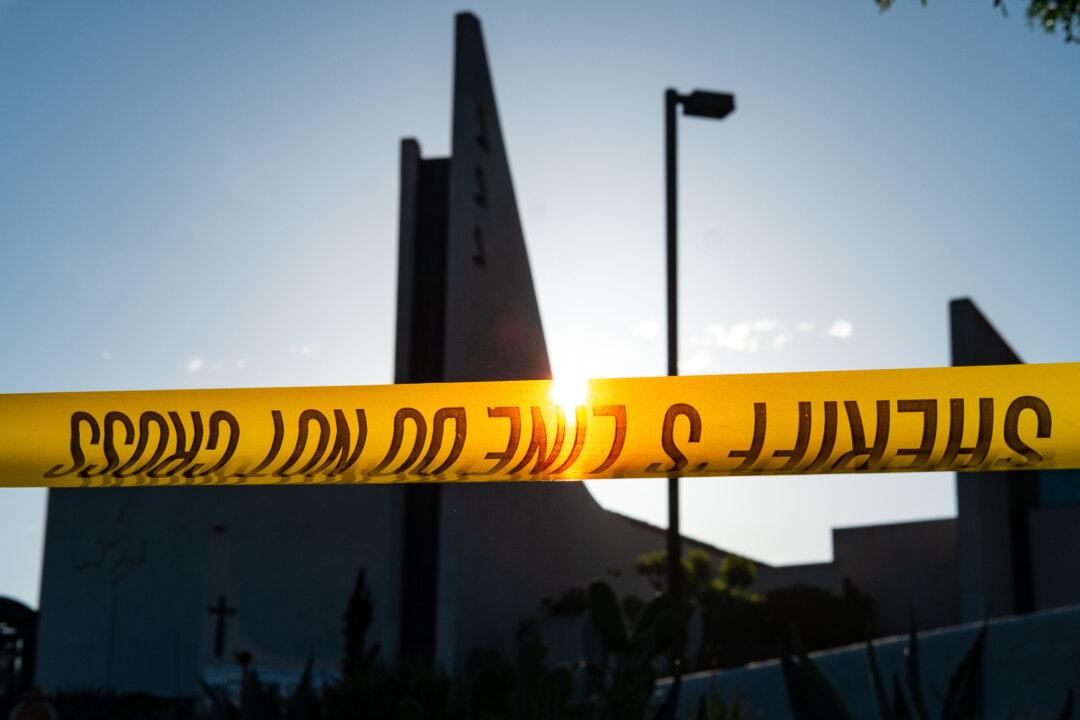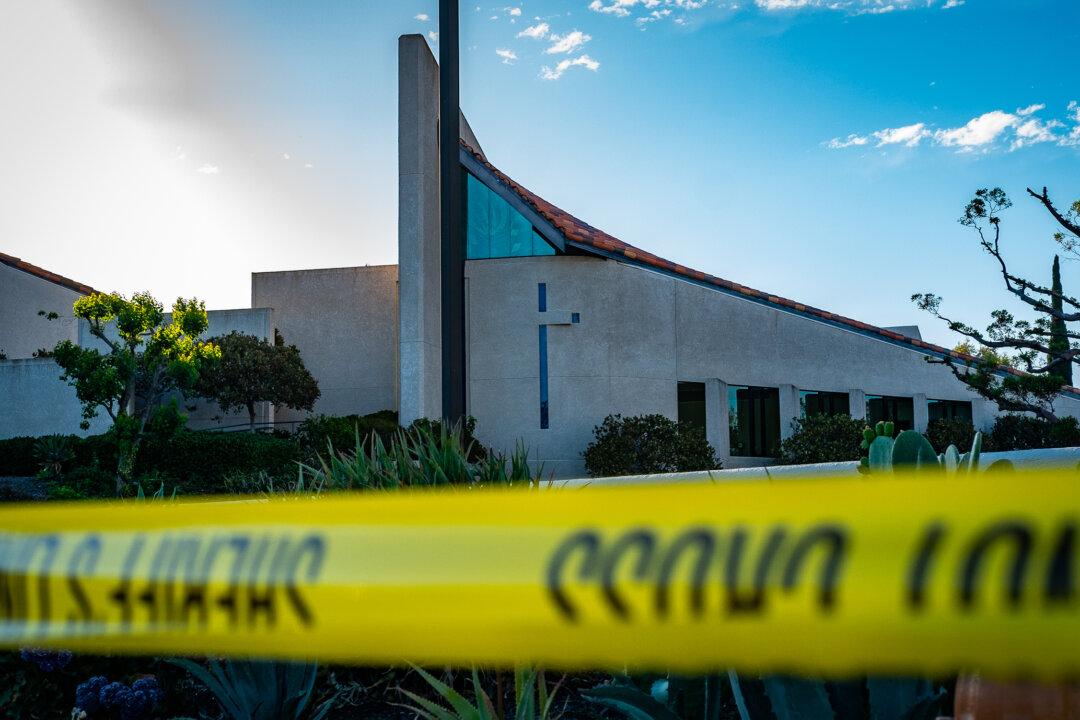Nearly eight months after the Bond Fire in Orange County, Calif., residents say they fear deadly mudslides are on the horizon, despite the state-wide drought.
The Bond Fire, which erupted in Silverado Canyon Dec. 2, 2020, burnt away vegetation that previously played a crucial part in capturing and storing rainfall. Without it, rain can fall into the canyon without obstruction, creating a mudslide hazard.




